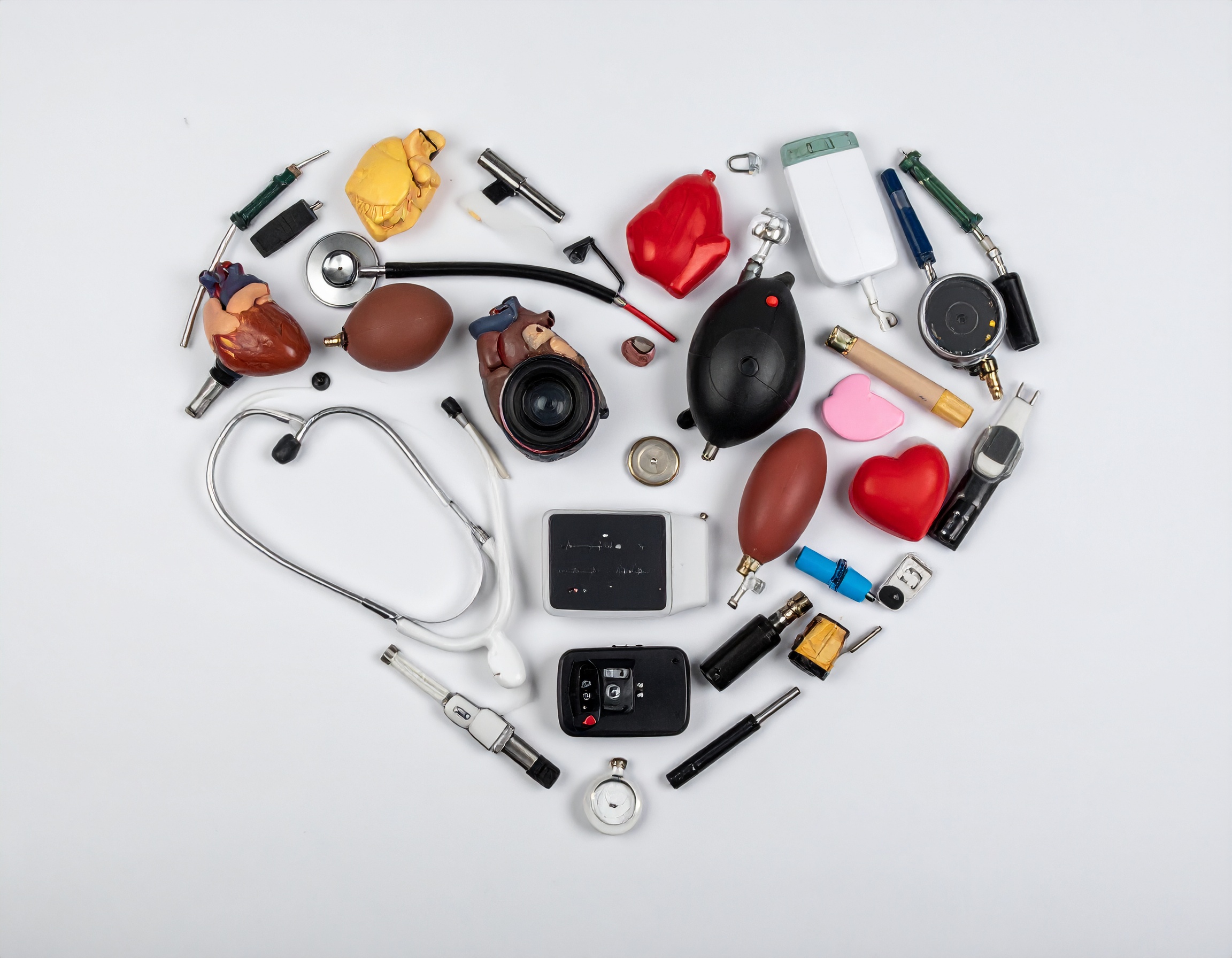Table Of Contents
- Understanding the Critical Role of UX in the OR
- The Rising Need for Human-Centered Design in Cardiac Devices
- How Human-Centered Design Improves Device Performance
- The Shift in Design Thinking: From Engineering to Empathy
- Real-World Impact of UX in Cardiac Devices
- The Future: UX as a Key Metric in Regulatory Approvals
- Final Thoughts
In the high-stakes environment of the operating room (OR), where precision and timing are everything, one might not immediately associate user experience (UX) with life-saving interventions. But the reality is that human-centered design is quickly becoming a cornerstone of cardiac device development. As the demand for sophisticated, minimally invasive cardiovascular procedures rises, so does the need for intuitive, user-friendly devices that empower medical teams to perform at their best — under pressure.
The integration of UX design principles into the development of cardiac devices is a game changer for clinicians, manufacturers, and, most importantly, patients.
Understanding the Critical Role of UX in the OR
Cardiac surgeries and interventions are some of the most intricate procedures performed in the OR, requiring a combination of precision, speed, and seamless coordination. For medical professionals to deliver the best possible outcomes, they need tools that are easy to use under pressure.
UX in the context of cardiac devices focuses on:
- Usability: Ensuring devices are intuitive and easy to handle, especially during critical moments.
- Ergonomics: Ensuring that devices fit naturally in the hands of clinicians, allowing them to operate efficiently.
- Visual Clarity: Ensuring that the device interface (whether physical or digital) provides clear, immediate feedback.
- Decision Support: Providing real-time, accurate data that aids clinical decision-making.
The better the user experience, the better the outcome — both for patients and the healthcare professionals involved.
The Rising Need for Human-Centered Design in Cardiac Devices
The healthcare industry is seeing a shift from functionality-focused designs to those that also consider the needs, behaviors, and environments of the end-user. The focus is now on user-centric solutions that minimize cognitive load for clinicians, so they can focus on the task at hand — saving lives.
The Indian cardiac care market is booming, with a reported 15% growth in demand for advanced cardiovascular devices (Frost & Sullivan, 2023). This growth presents both a challenge and an opportunity: to create devices that not only meet technical standards but also offer a seamless experience for healthcare providers in real-world OR settings.
How Human-Centered Design Improves Device Performance
Imagine a complex coronary angioplasty procedure. The surgeon needs a catheter that is not only durable and flexible but also easy to maneuver with minimal effort. If the catheter’s controls aren’t intuitive, the procedure could take longer, and the risk of complications increases.
This is where human-centered design steps in. By focusing on the clinician’s needs during product development, designers can create devices that:
- Enhance precision by offering tactile feedback and easy-to-control features
- Minimize operational delays with ergonomic, intuitive controls
- Simplify decision-making with integrated data displays and seamless connectivity with monitoring equipment
In India’s healthcare ecosystem, where resource constraints can often limit access to high-end facilities, user-friendly devices ensure that even less experienced medical staff can operate with confidence — which ultimately enhances patient safety.
The Shift in Design Thinking: From Engineering to Empathy
Historically, medical devices focused heavily on engineering precision and durability. While these are still crucial, empathy-driven design is increasingly being recognized as a core component of cardiac device development.
Empathy-driven design in the OR involves deeply understanding the clinician’s experience — not just in terms of what a device does but how it affects the clinician’s workflow, emotions, and even physical comfort during long hours of surgery.
One example of this is the growing trend of wireless, easy-to-transport devices that reduce the burden on healthcare professionals who work long shifts. A well-designed, lightweight catheter, for example, might seem like a small improvement, but its impact on a surgeon’s endurance and precision in long operations is enormous.
Real-World Impact of UX in Cardiac Devices
Leading medical device companies are now putting UX at the forefront of their designs. In India, where cardiac disease is a major health burden, UX in devices like stents, pacemakers, and electrophysiology catheters can significantly affect procedural success rates. The right design reduces the chances of errors and complications, improves comfort during long procedures, and ensures that critical data is presented in a way that clinicians can act upon swiftly.
The Future: UX as a Key Metric in Regulatory Approvals
As India pushes to become a global leader in medical device manufacturing, UX considerations are becoming a significant regulatory factor. The Central Drugs Standard Control Organization (CDSCO) is already moving toward a patient-centric model for device approvals, emphasizing not just clinical efficacy but also the ease of use for healthcare providers.
This trend is part of a global movement. The FDA’s guidance on medical device usability stresses that user-centered design principles should be incorporated throughout the lifecycle of the product — from design to post-market monitoring.
Final Thoughts
In the fast-paced world of cardiovascular procedures, the value of human-centered design cannot be overstated. UX matters in the OR, where every second counts, and every action affects the patient’s outcome. As the Indian market continues to innovate, designing with empathy and usability will be key in ensuring that medical devices not only save lives but improve the experience of those who use them — both patients and clinicians alike.

